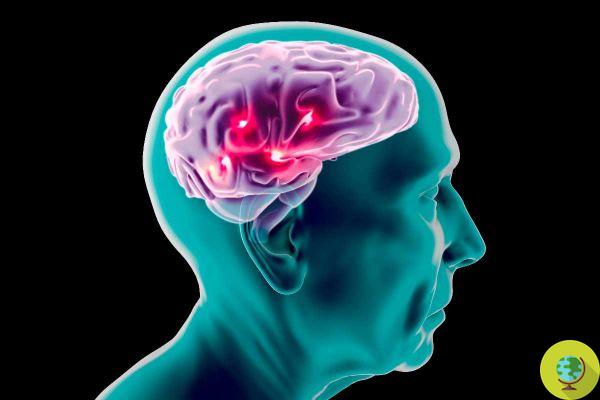
The connectivity differences in people with mutated ADAD gene that paves the way for early diagnosis with MRI alone
Don't store avocado like this: it's dangerousNew research has highlighted connectivity differences in people with ADAD gene mutation that paves the way for early diagnosis with MRI alone.
According to a recent study, the structural integrity of the brain's white matter, measured with an advanced MRI technique, is lower in cognitively normal people with an Alzheimer's-associated genetic mutation than in non-carriers.
The researchers said the results show how the imaging techniques they can help understand early structural changes in the brain, before symptoms of dementia become evident.
A systematic review
The people who carry the autosomal dominant mutation in Alzheimer's disease (ADAD) have a higher risk of developing this type of dementia, which affects about one in nine people in the United States. The mutation is linked to an accumulation of an abnormal protein, called beta-amyloid, in the brain affecting both the gray matter and the white matter carrying the signal.
It is thought that the deposition of amyloid in the gray matter can disrupt its function and, as a result, the white matter will not function properly or may even atrophy. The new research found that the structural connectivity of white matter, measured with an MRI technique called diffusion tensor imaging (DTI), would degrade significantly as patients develop more amyloid load.
In the new study, the researchers used data from the Dominantly Inherited Alzheimer Network (DIAN) to compare carriers of the mutation with non-carriers, and see if there are any changes in structural connectivity. Study participants included 30 mutation carriers, mean age 34, and 38 non-carriers, mean age 37.
The analysis showed that the mutation carriers had lower structural connectivity in the frontoparietal control network, which connects areas mainly in the parietal and frontal lobes, two regions known to be involved in Alzheimer's.
The results
The results show that for i carriers of mutations, overall efficiency would significantly decrease as they approach the estimated age of onset of symptoms.
This shows the potential of MRI as an assessment tool in patients who are considered at risk for Alzheimer's before they develop symptoms. The use of these advanced MRI techniques could help further refine the identification of patients at risk.
Prompt identification and treatment represents a more promising avenue to prevent, or at least delay, the onset of dementia.
Follow us on Telegram | Instagram | Facebook | TikTok | Youtube
Photos: Radiology
Sull 'Alzheimer could it be interesting for you:
- Study reveals that an important and surprising help for Alzheimer's sufferers can come from basil
- Alzheimer's and Covid-19 share an antiviral gene that would affect the risks of both diseases
- Alzheimer's: dementia can be diagnosed with a blood test, the revolutionary discovery
- Alzheimer's: Scientists discover for the first time what happens in the brain when it goes wild
- Scientists discover a rare and aggressive form of Alzheimer's, which begins around age 40
- Alzheimer's: If you suffer from herpes you may be more likely to suffer from these neurodegenerative diseases


























